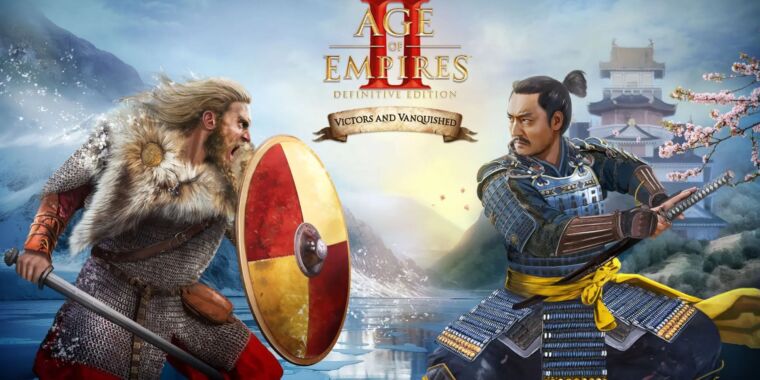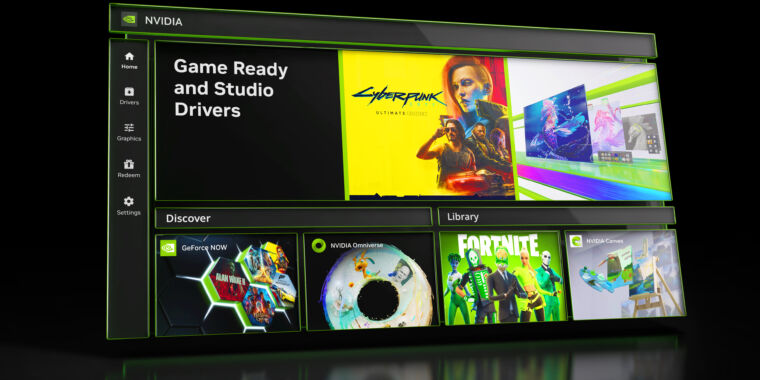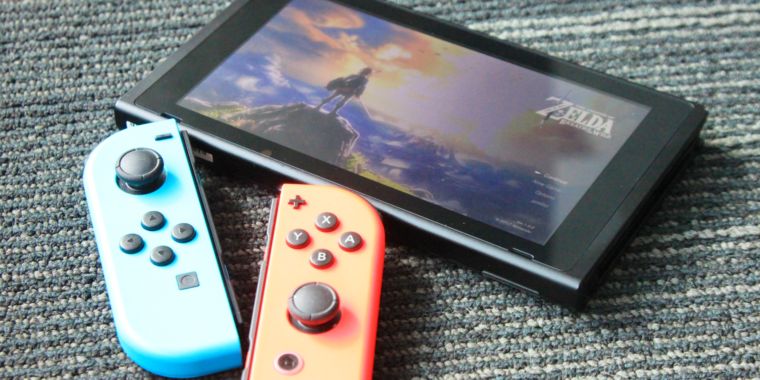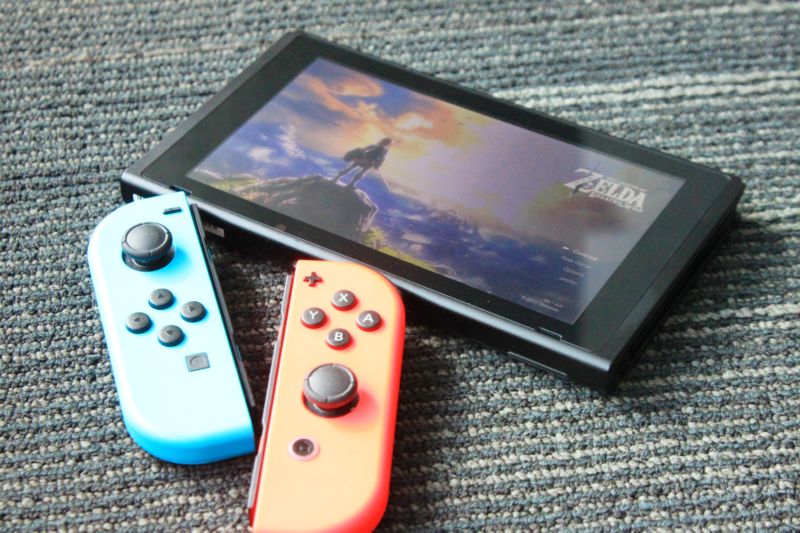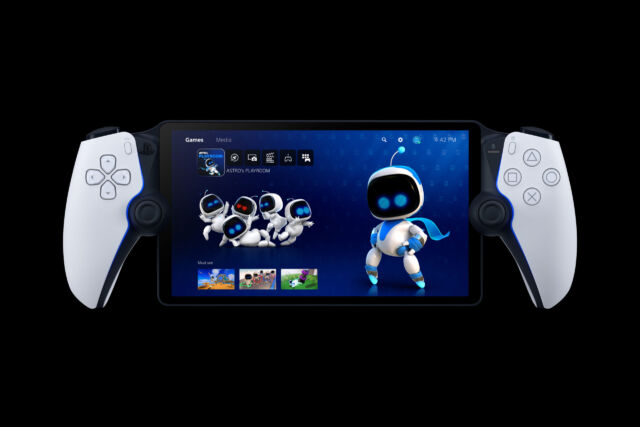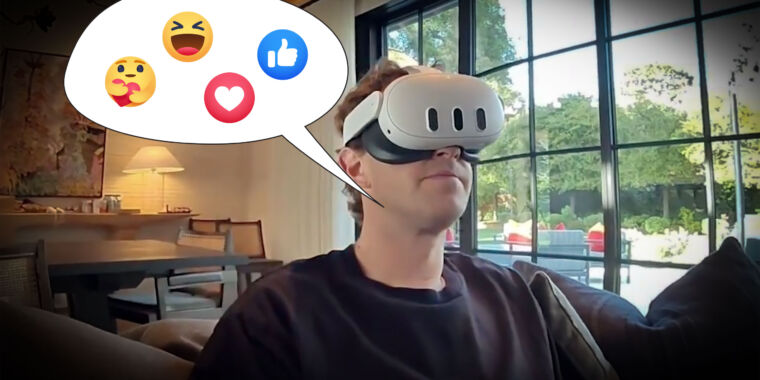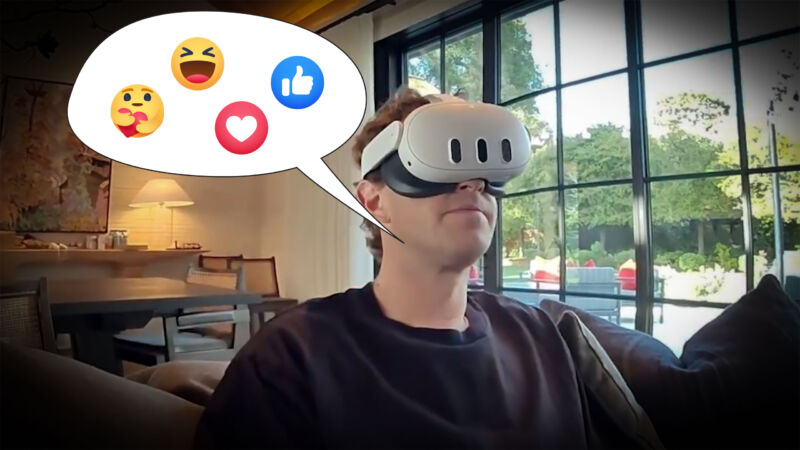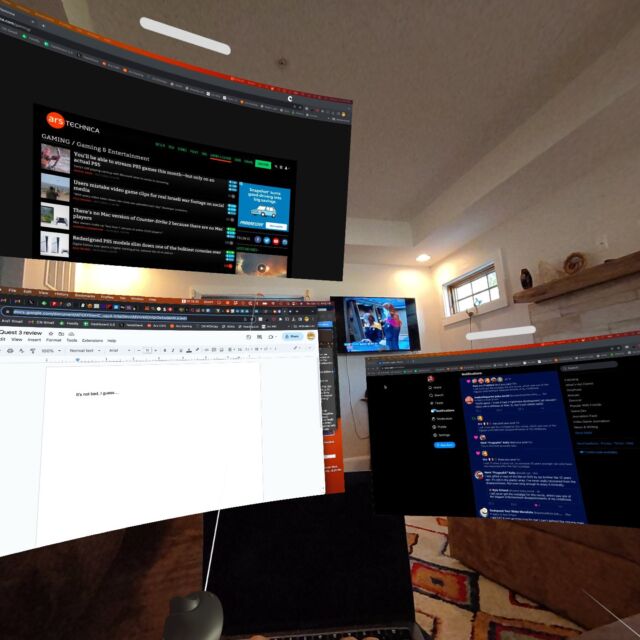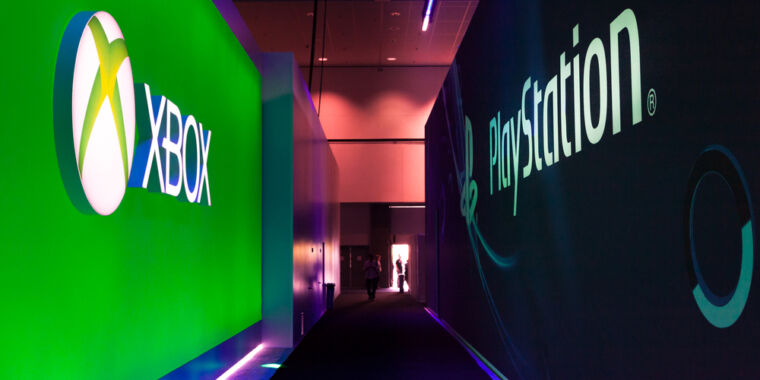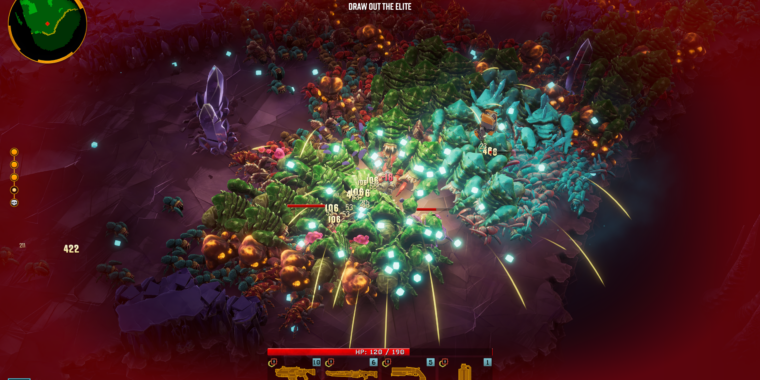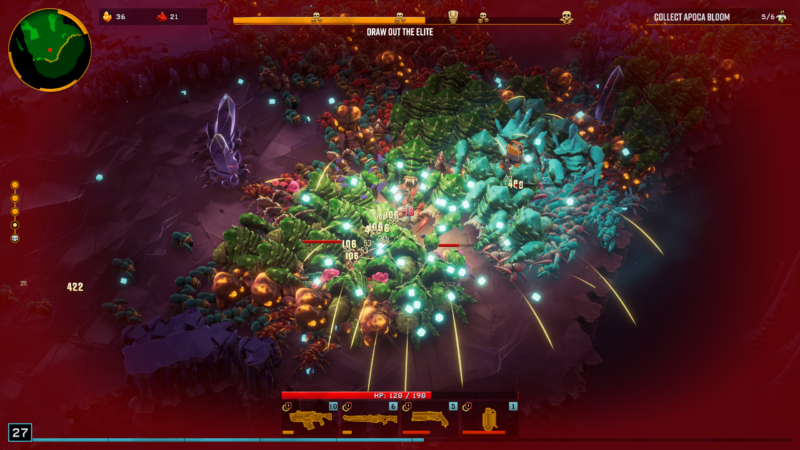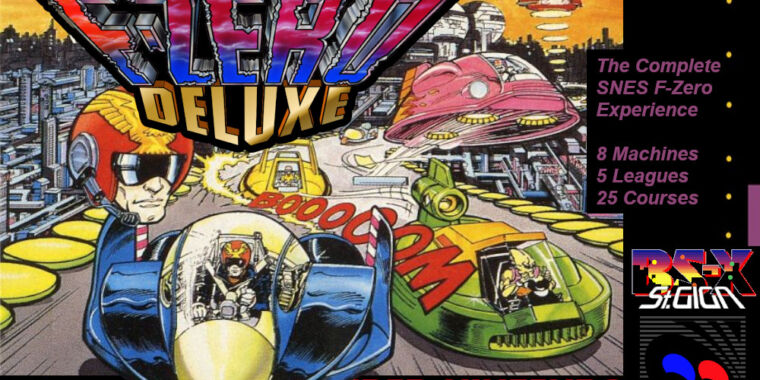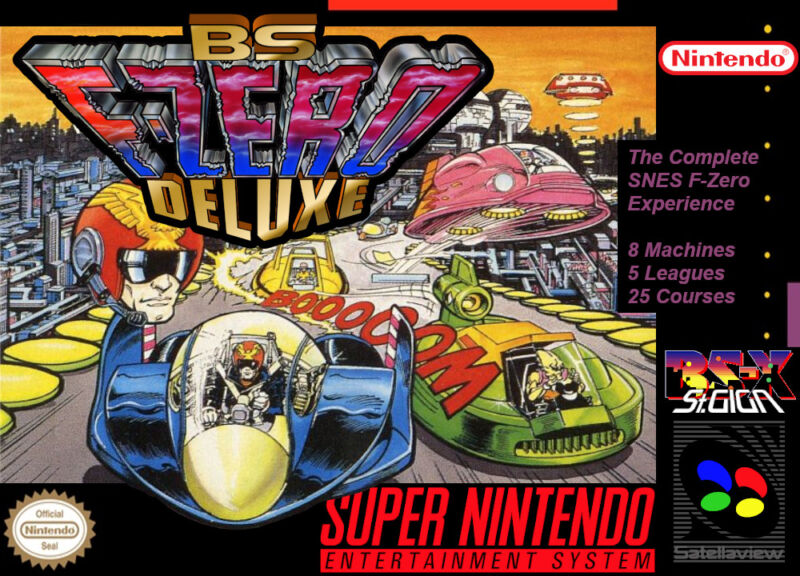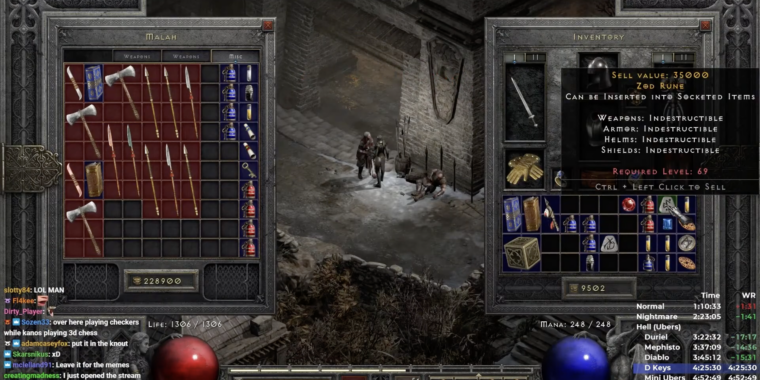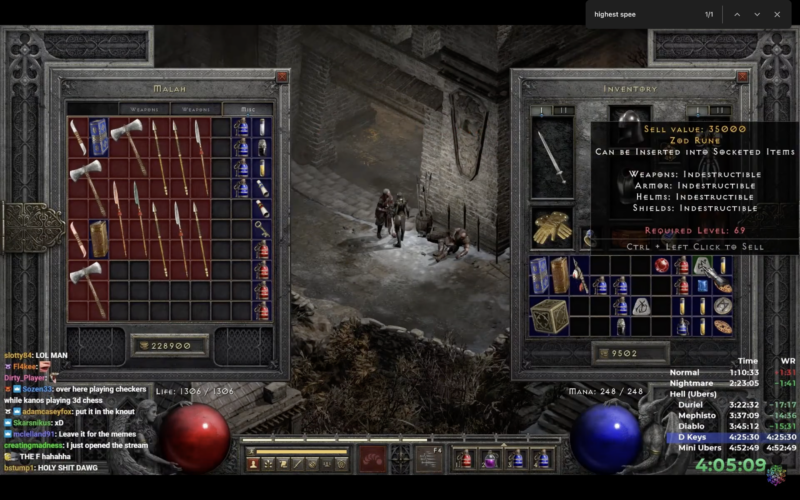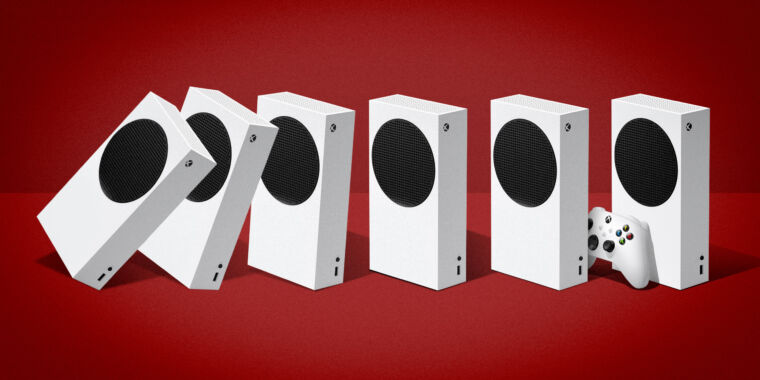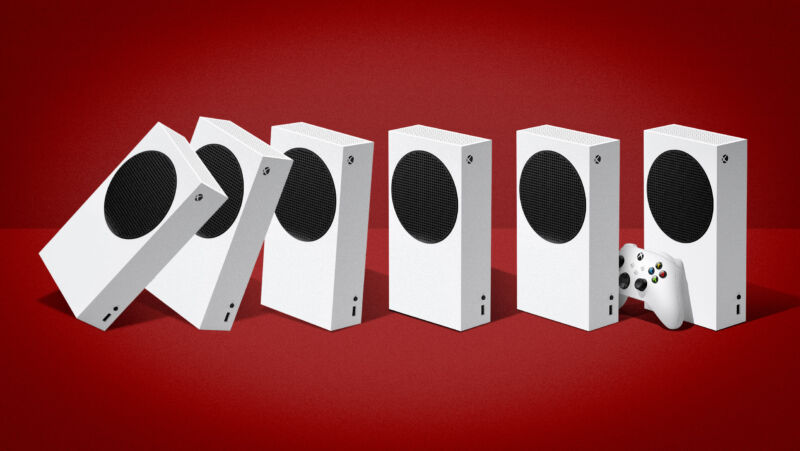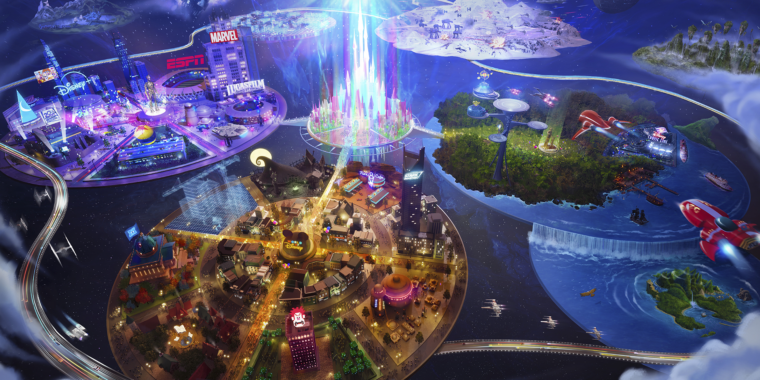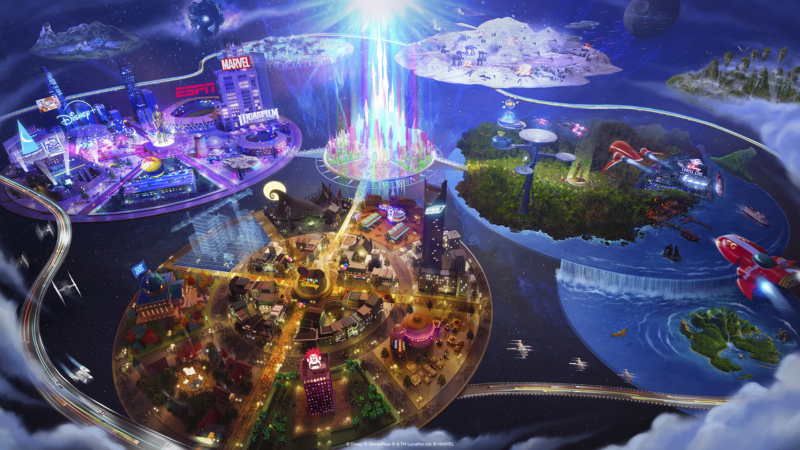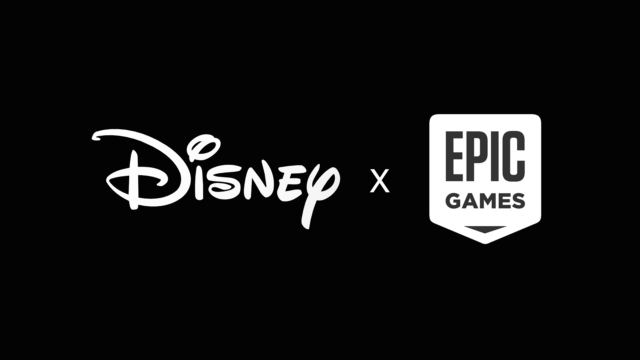Age of Empires 2 gets another expansion 25 years later, and deservedly so
Expansing empire of Age of Empires —
The rest of 2024 promises a whole lot for Age of Empires fans across all titles.
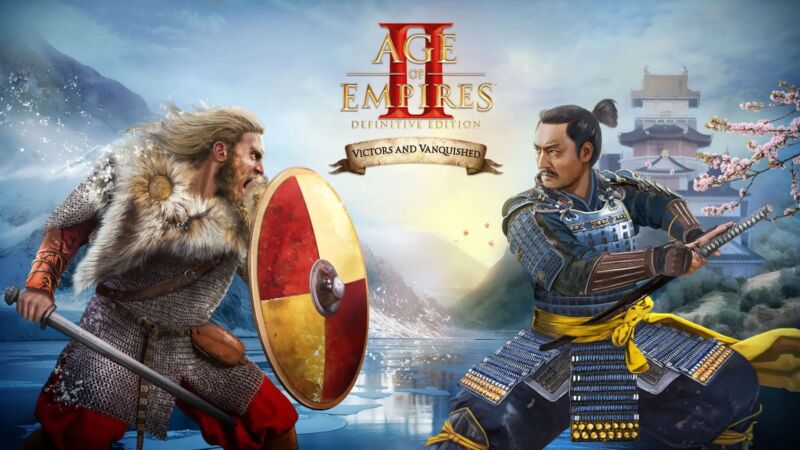
Enlarge / A battle between Ragnar Lothbrok and Oda Nobunaga was unlikely to occur, given the roughly 700 years between their existences. But Age of Empires is a limitless canvas.
World’s Edge
Real-time strategy (RTS) games aren’t getting many new titles or mainstream attention these days, but that need not be a problem. Age of Empires 2, one of the best games in the genre—and some would say of all time, period—continues to be playable on modern systems and is even getting new expansions.
Victors and Vanquished gameplay trailer.
Victors and Vanquished, an expansion for Age of Empires 2: Definitive Edition, arrives March 14. It adds 19 scenarios to the base game, allowing you to play as, among others, Oda Nobunaga, Charlemagne, and Ragnar Lothbrok. The campaigns are inspired by the deep community around Age of Empires but spiffed up with voice acting, music, bug fixes, and “quality of life improvements.” Some new mechanics show up in the scenarios, including population migration, political decisions, assassinations, and more. It’s $13 on launch day, works with Xbox Game Pass on PC (where AoE2: DE is included), and it’s on sale for preorder at about $11 until launch.
-
Oda Nobunaga’s realm in Victors and Vanquished.
World’s Edge
-
Otto the Great, beset on all sides, with competing vassals to consider, in Victors and Vanquished.
World’s Edge
-
Setting for Ragnar Lothbrok’s campaign in Victors and Vanquished.
World’s Edge
-
Gameplay from Victors and Vanquished.
World’s Edge
Developer World’s Edge Studios has offered up five expansions for AoE2:DE since its 2019 release, including the Return of Rome DLC in 2023 that shuttled in the civilizations from the original Age of Empires. A big chunk of their inspiration comes from the community. And a huge chunk of that big chunk is Filthydelphia, who had been turning out campaigns like “Kings of West Africa” and “Francis Drake on the Spanish Main” for years. Beyond the maps and army configurations, many of the campaigns contain narrative pieces. “City of Peace” involves a young woman murdered in Madinat al-Salaam, and you, the vizier, must find her murderer. Community scenarios like these make up 14 of the expansion’s 19 scenarios.
The Age of Empires series, started by a group that included a co-creator of Civilization, sought to give players a kind of “Hollywood History,” as detailed in our definitive oral history of the series. It was brightly colored, it was accurate only to the point that it made battles fun to play, and it had Microsoft to help distribute it. It sold faster than even Microsoft expected, and the sequel brought the game forward in time into knights, castles, and the like. Age of Empires 2 arrived just as real-time strategy games were at their peak, but also starting their decline. A decade later, they were merging into their scaled-back, fighting-forward cousins, MOBAs (multiplayer online battle arena), in games like Dota 2 and League of Legends.
If you’ve got a broad love of the Age of Empires franchise, but this particular expansion doesn’t compel you, don’t worry: all of 2024 is shaping up to be a big year for Xbox Studios developer World’s Edge to tempt you with one new thing or another. Age of Mythology: Retold looks to go beyond just being a “Definitive Edition” and to majorly remake the fantasy spinoff. Age of Empires III: Definitive Edition is now free to play and getting its own DLC this year. And Age of Empires IV is in its seventh season this spring.
Age of Empires 2 gets another expansion 25 years later, and deservedly so Read More »
